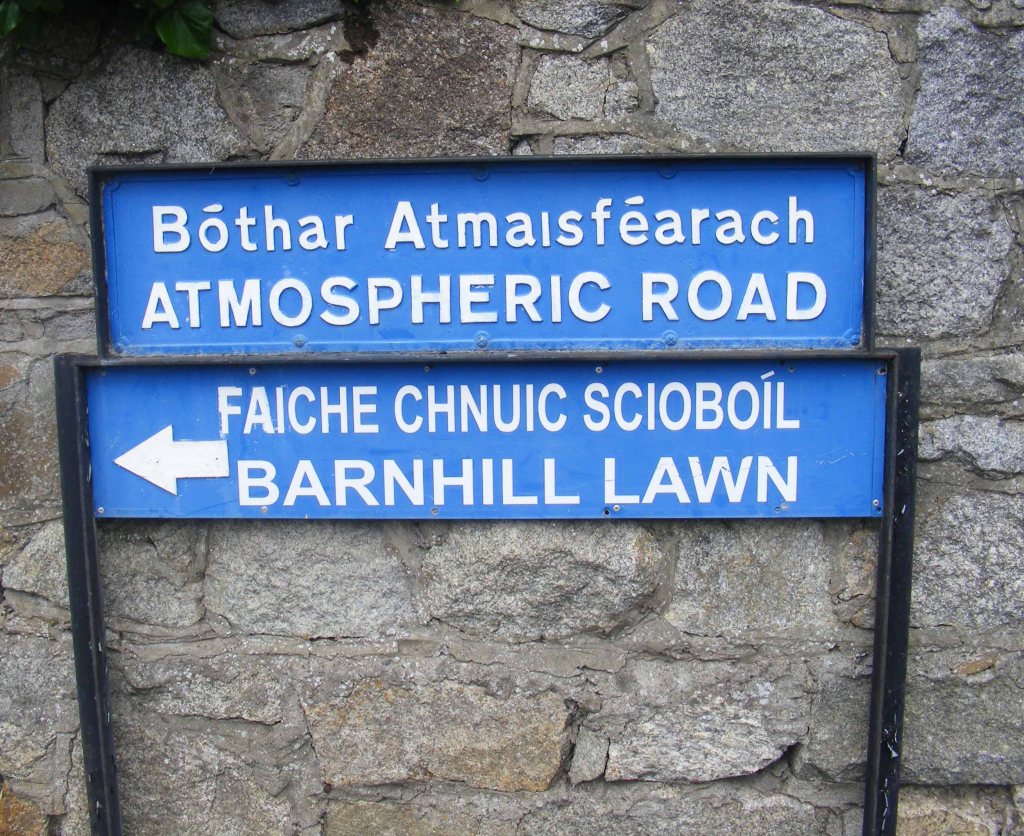Following a patent in 1839 Samuel Clegg and the Samuda brothers set up a demonstration of an atmospheric railway at Wormwood Scrubs in England. The directors of the Dublin and Kingstown Railway were impressed by the system and determined it would be a suitable means to extend their existing line from Kingstown (Dun Laoghaire) to Dalkey. James Pim (Junior), the treasurer of the Dublin and Kingstown Railway, became an enthusiastic supporter of the atmospheric system and began preparations to extend the service to Dalkey using it.

In 1841 he sent a letter to Viscount Morpeth indicating the expected cost of the work to be £15,000, with William Dargan as contractor and Charles Vignoles as engineer. The Harbour Commissioners granted land for the project which adjoined the line known as The Metals. It got its name from the haulage of granite from the Dalkey quarries down the steep hill for the building of the Dun Laoghaire piers. The line was opened in July 1844, with trains leaving every thirty minutes from 8am to 6pm.
Atmospheric traction was only used for the climb to Dalkey where there were no buffer stops, and trains sometimes ran right through the station and off the rails! Gravity, however, took charge of the downhill journey, and when the train slowed before the station the unfortunate third-class passengers had to push while the others walked.
In August 1844 the line was visited by the great engineer Isambard Kingdom Brunel and other representatives of the Great Western Railway. They subsequently constructed the 20 mile (32 km) South Devon Railway which operated with atmospheric propulsion.
However, maintaining proper atmospheric conditions was no easy task. The leather flaps, which were an integral part of keeping the system air-tight and operating at its best, were covered in grease and this became a problem. The smell attracted rats that gnawed at them, rendering them not only expensive to repair but hindering performance. The last Atmospheric Train ran on Wednesday 12th April 1854.












